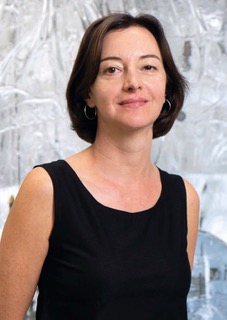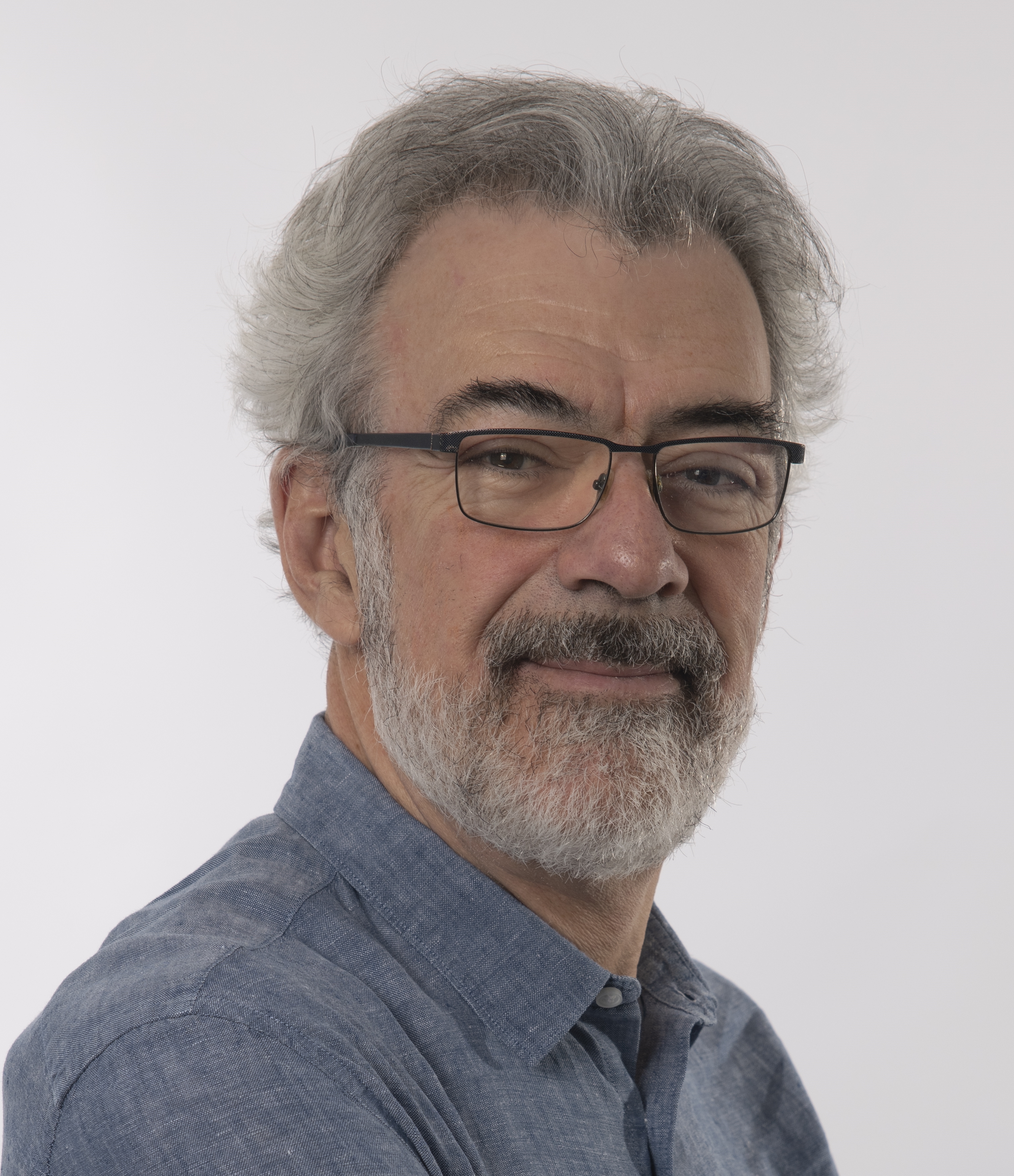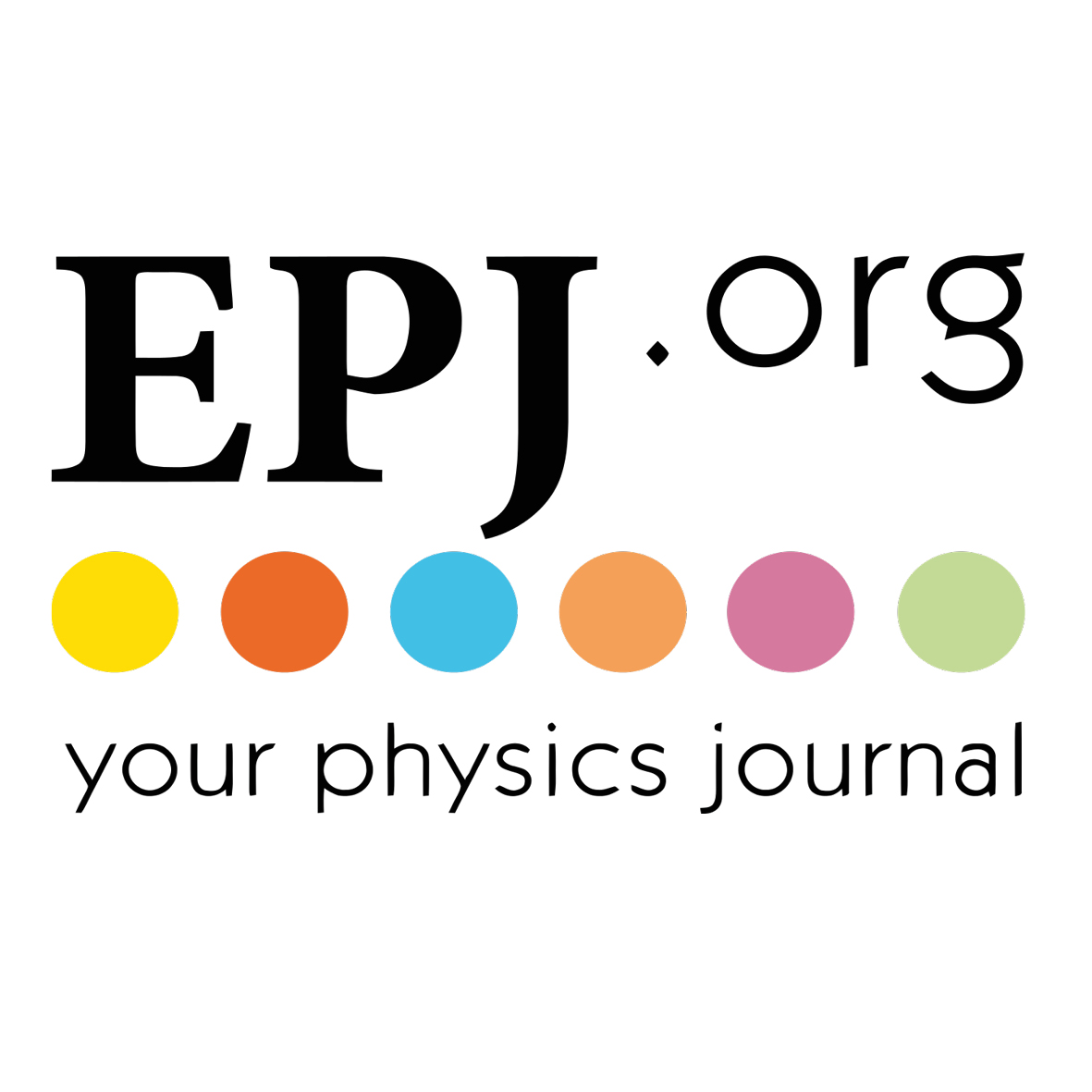Laura Baudis - Lauréate du Prix Charpak-Ritz 2022
The Charpak-Ritz Prize 2022 awarded to Laura Baudis
for her leadership in international astro-particle physics collaborations, outreach activities and seminal contributions to dark matter research.
 |
Laura Baudis is awarded with the 2022 Charpak Ritz Price jointly given by the French and the Swiss Physical Society. She has provided significant contributions to an increasingly burning question in astrophysics and cosmology: What holds cosmological structures together and controls the formation and evolution of galaxies, including our own Milky Way? It remains an enigma that the abundance of all known forms of matter is too low to explain the level of gravitational interaction observed in galaxies, clusters of galaxies and at the largest scales in the universe. This has triggered the hypothesis of ‘dark matter’, which is undetectable by electromagnetic interactions. The dark matter, which accounts for 85% of all matter in the universe, could be made of new elementary particles, such as Weakly Interacting Massive Particles (WIMPs). The search for WIMPs has been a main pillar of Laura Baudis’ career. For more than a decade experiments using two-phase (liquid and gas) xenon time projection chambers (TPCs) have yielded the world’s best sensitivity in the direct detection of WIMPs. Laura Baudis, who is a professor at University of Zürich, has played a leading role in the development of large xenon detectors with ultra-low backgrounds at their core. These are part of the collaborative XENON programme, which started with XENON10, recently operated XENON1T and currently acquires data with XENONnT. XENON1T reached the lowest background ever observed in a dark matter detector and observed the very rare two-neutrino double electron capture process in xenon-124, an outstanding result in nuclear physics. XENON1T is currently world-leading in providing the strongest constraints on WIMP interactions over a broad mass range. To improve the statistical sensitivity even further towards a possible detection of dark matter, an upscaled experiment XENONnT was prepared and started in 2021. Apart from her leading contributions to the TPCs, including the photosensor arrays to observe the xenon scintillation light in the VUV region, Laura Baudis has been assuming key roles in the collaboration: as co-spokesperson, chair of the collaboration board and recently as chair of the science strategy team. Towards the next generation effort DARWIN, which she also co-founded, Laura Baudis has developed crucial experimental setups and prototypes to selectively detect rare photon and electron emission events in a large volume of liquid xenon as a characteristic WIMP signature. |
It is also important to note that within these larger multi-national research projects a significant part of Laura Baudis’ work has been performed in collaboration with French researchers at LPNHE in Paris and the SUBATECH laboratory in Nantes. Next to her complex multi-lateral scientific efforts, Laura Baudis has also been actively involved in outreach activities, giving a TED talk and she features in two documentary movies about Science and Scientists (“Chasing Einstein”, “Eros und Atome” – in German).
En savoir plus sur le Prix
Article posté le 01/04/2022


